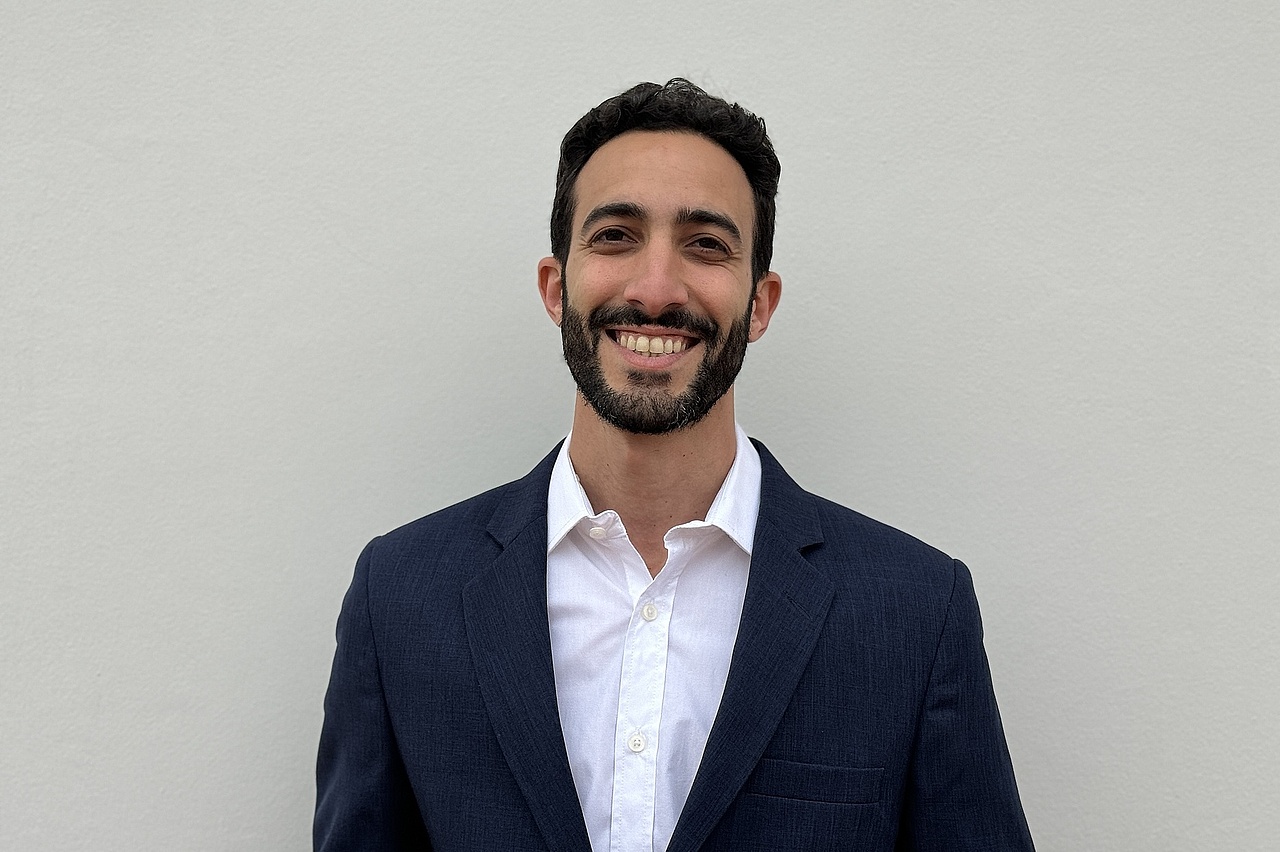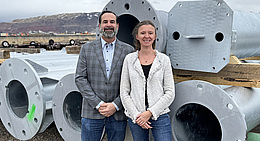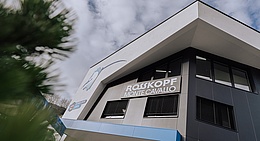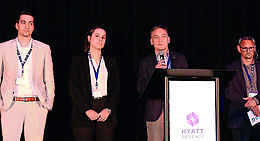ISR: “Safety” is the motto of the Congreso Latinoamericano INTI-MTC. The transformation of the ropeway industry in the region is also a focus of the event. What trends do you see in Argentina and Latin America today that will be discussed at the conference?
José Ignacio Talatinian: We are convinced at INTI that with each edition of the congress we have helped to raise the standard of ropeway safety in the region. As a technical reference body, we have seen a continuous increase in demand for our technical consulting services, and substantial efforts on the part of operators to upgrade and modernize their installations, and intensify inspections and checks on safety components. Our objective is to continue to provide know-how and all the tools needed to maintain and strengthen this trend. We are additionally encouraged to intensify these measures by today’s exponential growth of urban ropeway transportation in areas in Latin America.
The congress will highlight new projects and technologies for ropeway installations and the issues of modernization, inspection and maintenance, and also present success stories of ropeways as an effective solution to the major challenges of urban mobility in the cities of the world.
ISR: What challenges are ropeway operators currently facing in the region?
José Ignacio Talatinian: Latin America is no exception to a trend that can be observed worldwide: the difficulty of finding and retaining qualified personnel. Demand is very high, but the supply is limited, and it is difficult to motivate people, especially those who find work in Europe during our off-season. They subsequently find it very hard to turn their backs on the European market, where living conditions are different, and the opportunities for work and growing prosperity are a strong attraction. This migration of skilled labor is further encouraged by the fact that Latin American workers have a good reputation in Europe for professionalism and their ability to act and adapt quickly. In addition, we face the major challenge of a generation gap in the industry, with experienced professionals nearing retirement age and young people unable to absorb the full wealth of their predecessors’ know-how. That’s why we see the congress as a unique opportunity for resource building and workforce training.

![[Translate to English:] Foto: Leitner](/fileadmin/_processed_/a/8/csm_Vertragsunterzeichnung_Narvik_6_copyright_LEITNER_print_501f2d5c24.jpg)


![[Translate to English:] (c) Doppelmayr](/fileadmin/_processed_/b/3/csm_85-ATW_Stechelberg-Muerren_Lauterbrunnen_CHE_001_6442c0520d.jpg)







